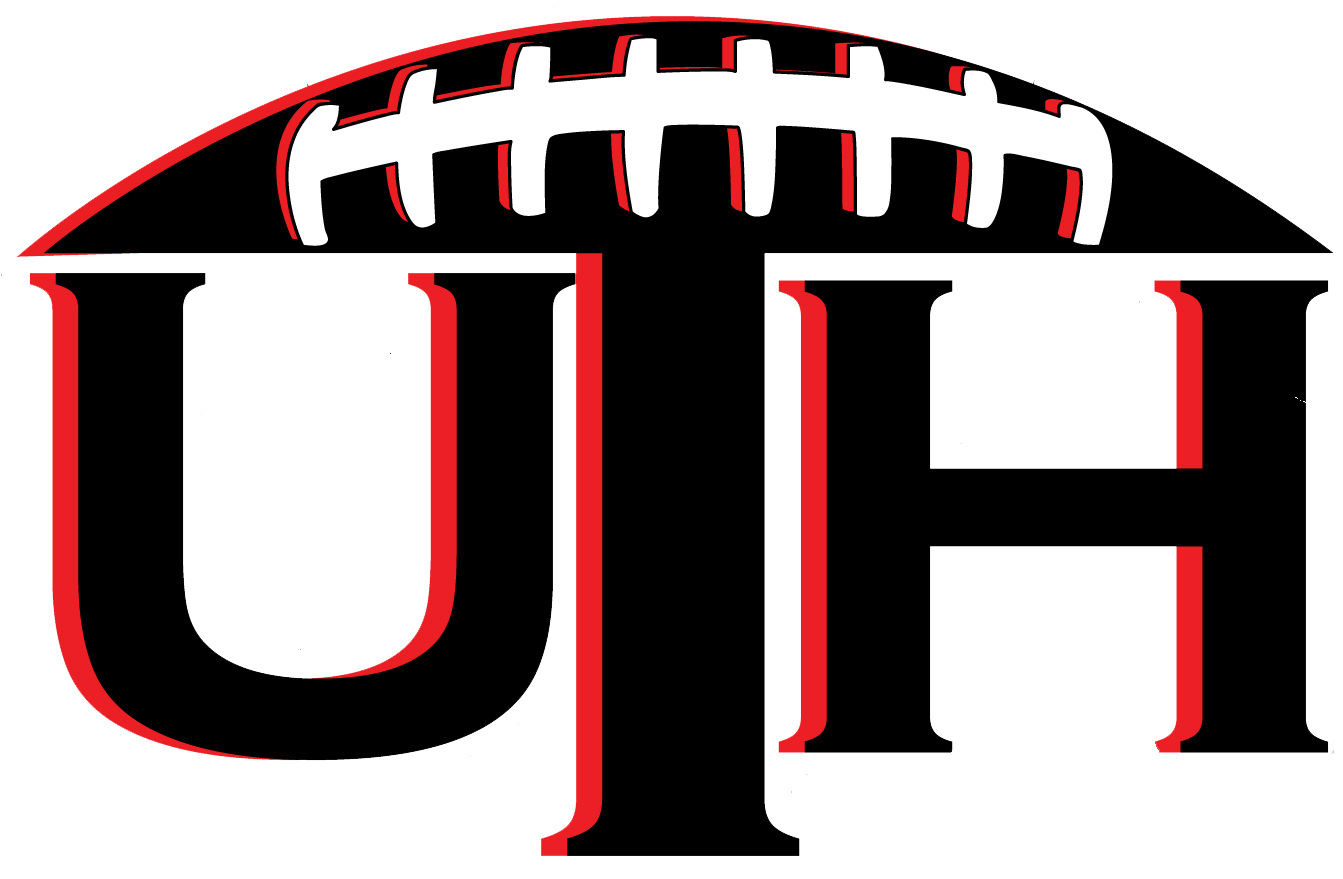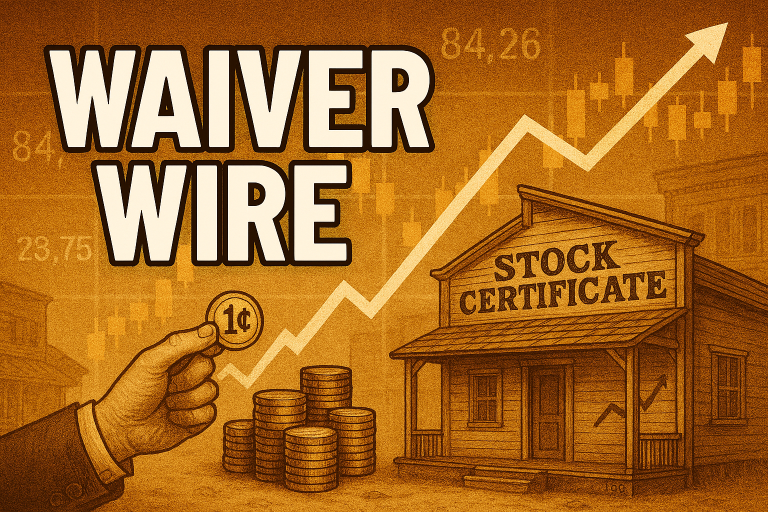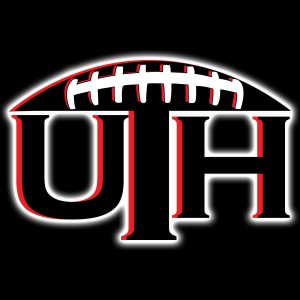I took over a dynasty orphan at a deep discount in May 2016 shortly before the rookie draft. The team was a big rebuild and an opportunity to take some risks. With a lack of draft capital and a deficit of talent, I set my eyes on competing in 2018 or beyond.
With the long-range view in mind, there were two strategies of focus. First, a focus on buying up players who were distressed in some way with a lot of time to turn a profit. The profit could be in trading the player later at a higher price or keeping the player and capitalizing on his improved production. Second, to sell off players who are unlikely to contribute on my next contending team. If a player was not likely to be a core asset in 2018, the goal was to turn him into a player or pick that can improve the odds of contributing in 2018.
The league is a 12-team with starting lineups of 1-1-3-1-2 Flex-1 K-1 DST. In a 72-hour time frame, I made three trades for a strong position going forward.
The Approach
After week two represents a great time to get some value in the trade market. “Sleepers” who have yet to pop and 2016 rookies who have yet to produce could be had at significant discounts than just a few weeks earlier. In addition, the outbreak of running back injuries was an exploitable market where contenders may be seeking immediate production. Further, there is no updated ADP owners have so there is more variety in player value.
Before these three trades, some offers were shot down with snarky comments in response, but persistence pays off.
Trade 1 (Executed 9.20.16)
Gave Isaiah Crowell (Aug. ADP 11th Round)
Received Devin Funchess (Aug. ADP 8th Round)
Devin Funchess represented a great buying opportunity after week two of the season. There were no fundamental changes in 14 days of the season. Funchess was a second round draft pick in 2015 and saw his ADP rise into the seventh round of startup drafts after a quiet rookie season. Funchess saw some improvement in key areas since his senior year at Michigan, so I felt comfortable in a long term investment.
The Funchess owner in the league had Adrian Peterson and Doug Martin both who had injuries in the second week of the season. When I made the offer, it was unclear yet about how Peterson and Martin would miss. The owner also has a roster constructed to win now, so adding Isaiah Crowell was an attractive piece to him with Funchess an acceptable price. The offer was accepted without counter the next day.
Trade 2 (Executed 9.21.16)
Gave Mark Ingram (Aug. ADP 4th Round)
Received Laquon Treadwell (Aug. ADP 4th Round)
At the time I made the Crowell-Funchess offer, I was making multiple offers around the league. Laquon Treadwell looked like another target. At the time of the offer, Stefon Diggs was just coming off a big night on Sunday Night Football and Treadwell had played only a handful of snaps. I can afford to wait out some Treadwell growing pains, but I am comfortable that he will be a productive asset over the period of my rebuild.
I made an offer of Mark Ingram for Treadwell at the same time I made the Funchess offer, and in hindsight, had I seen the Funchess trade accepted before I made this offer, I would have asked for a higher price on Ingram. Ultimately, I did not want to continue to hang onto the risk inherent in a running back like Ingram so the price was worth it for Treadwell.
Trade 3 (Executed 9.22.16)
Gave Tevin Coleman (Aug. ADP 10th Round)
Received Kevin White (Aug. ADP 3rd Round)
This trade represents exactly the type of ownership I want to portray to the market. This offer was from the same owner as the first trade. I had made my stance known on being open to trading and also looking to acquire receiver talent. Kevin White has had a slow start after missing his rookie year, but his metrics still present as a strong talent, and I was a fan of his tape.
If you fast forward to 2018, it is hard to imagine Tevin Coleman be a core asset. With Devonta Freeman leading the Atlanta backfield and under contract through 2017, Coleman is unlikely to appreciate to lead back point by 2018. If Freeman were to leave in free agency, it is unlikely Atlanta does not add a running back in the two upcoming drafts.
Overall, I think Kevin White was the far superior talent, and nothing has happened in two weeks has changed seven rounds of value. The trade was an easy accept.
Post-Trades Roster
David Carr, Eli Manning
Javorious Allen, Shaun Draughn, Duke Johnson, James Starks
Kevin White, Josh Doctson, Devin Funchess, Laquon Treadwell, Leonte Carroo, Nelson Agholor, Davante Adams, Michael Crabtree, Chris Hogan, Marqise Lee, Jeremy Kerley, Cody Latimer, Paul Richardson, Bruce Ellington
Tyler Eifert, Cameron Brate
2017 Picks 1, 1, 2, 2, 2, 3, 3, 4
Through these three trades, I added three young wide receivers who I expect may have some growing pains over the next 18 months but have been depressed in value over the start of the season. In short, they are great value buy. With my 2018 competition time frame, making trades where there is good profit margin potential over the long term are great opportunities for my rebuild, particularly where the cost is someone unlikely to produce for me in 2018.



